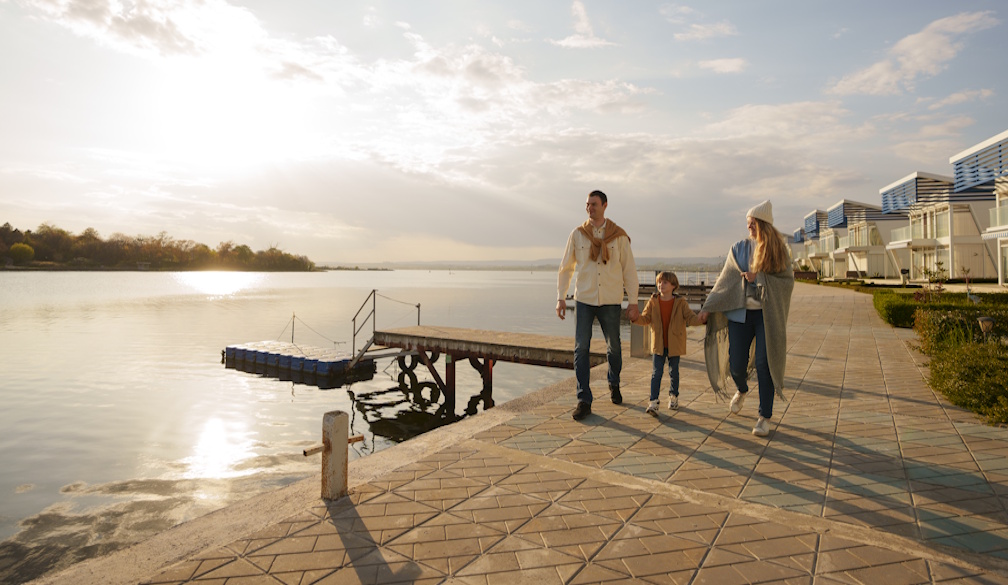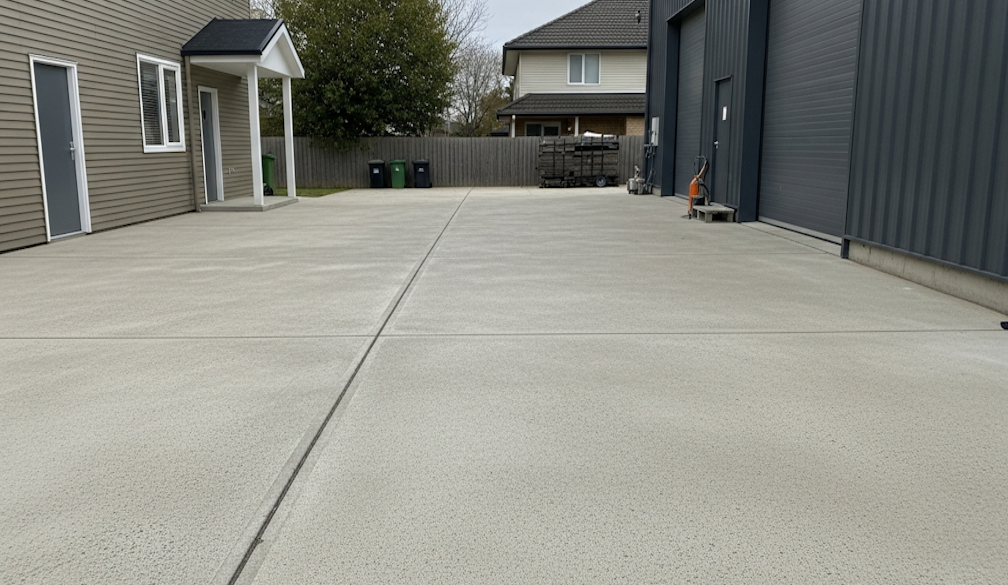Latest isolation rules for critical workers gets the balance right. But that's not the end of the story
- Written by Catherine Bennett, Chair in Epidemiology, Deakin University

Thousands more essential workers will be allowed back to work rather than having to self-isolate for seven days, under new rules agreed by national cabinet.
High-risk close contacts – those living with someone who has COVID-19 – must have a negative rapid antigen test on day one, have no symptoms and must stick to certain rules.
These include wearing a mask at work, getting rapid antigen tests every second day until day six, and monitoring for symptoms for 14 days. They can only leave quarantine to go to and from work.
Any workers in these categories who develop symptoms will need to immediately leave work. Anyone who tests positive will also need to isolate.
The move is designed to stem staff shortages and maintain critical services in the face of high COVID infection rates and increasing numbers of workers in isolation.
Food logistics workers and health staff already had different self-isolation requirements to most others. However the new rules also apply to emergency workers, teachers, childcare staff, among others.
Read more: I've tested positive to COVID. What should I do now?
This is a proportional response to managing risk at this stage of the pandemic, with so many of us vaccinated and receiving boosters.
However, we need to keep a close eye on how the changes influence case numbers at these critical workplaces. That’s so we can dial up or down future public health measures in response to changing conditions, including any future variants.
Read more: Grattan on Friday: Government management of Omicron blighted by false assumptions, bad planning
What are the benefits?
Treasury estimates existing isolating arrangements could see 10% of workers, including those in critical industries, out of the workforce. If schools shut and parents had to stay at home to look after children it estimates a further 5% will be away from work.
So this latest announcement aims to find the optimal balance between freeing up as much of our industry and education sector to return to work and keeping a cap on infection risk.
That balance has shifted over time. We now know Omicron generally causes less-serious disease for most people than earlier variants, and the risk is reduced further as many of us are vaccinated and receiving boosters.
Teachers have been added to the list of workers who can return to work under these new rules. This should give us more confidence when planning how schools re-open after the summer break.
Ensuring schools stay open, with the teachers to staff them, is not only critical, it’s also an equity issue – we know school closures disproportionately affect disadvanaged students.
Allowing other critical workers to return to work, while balancing the risks, is also an equity issue. This latest move means people who have been disproportionately affected by the pandemic so far – including younger workers, casual workers, people in low socioeconomic groups – can get back to work and not lose income.
Read more: 5 charts on how COVID-19 is hitting Australia's young adults hard
What are the risks? How do we manage them?
Yes, we need to manage the risk of more infections at work. But we are far from having a zero background risk as it is.
The virus is already in many workplaces. And only a fraction of infections are in people who would meet the close household contact definition; they could have picked up the virus at the pub or from social connections.
We also know from past experience, people often wait two to three days after developing symptoms to get tested, and wait even longer to get a result. So by the time they know their status, they may have had the infection for a week or more, with their housemates likely already infected and unknowingly taking the virus to work.
The latest changes also rely on rapid antigen testing to clear people for work, which has its own risks. Rapid antigen tests for use at home can miss detecting some infections, especially early in the infection. In other words, some infectious people will test negative, risking returning to work while unknowingly capable of transmitting the virus to others.
That’s why the latest changes ask for rapid antigen testing every two days. This makes it less likely you will repeatedly miss an actual infection. Repeat testing also means you can pick up those who incubate the virus for longer before becoming infectious.
There’s some evidence the reliability of rapid antigen tests might increase later in the traditional isolation period, which is more likely to overlap with the period when a contact knows they have to quarantine, or test for work if asymptomatic.
Workplaces and workers still need to minimise the risk of onward transmission for this identified at-risk groups of workers. For instance, there will be different rules for wearing personal protective equipment, and returning workers will still be allowed breaks, but they won’t be allowed to sit with other people.
After all, it’s in industry’s best interests to manage this well to keep enough employees healthy and at work.
So what we have with these latest changes is a marginal increase in risk that relies on testing, monitoring symptoms and safe work practices.
What needs to happen next?
I’d like to see a few more measures in place to monitor these changes. These will tell us if we need to dial up or dial down public health measures for this current wave, and for future variants.
Infection numbers should be monitored by occupation to look for signs of a spike in particular occupational groups. Case counts are not the best measure as testing patterns change across the community and over time, but it would still allow detection of large shifts in infection patterns, especially in the critical settings that now require testing.
After the peak of the current wave is over, we should sample staff in key industries to see how many are infected and monitor this over time (known as surveillance). Ideally we look at infection rates before and after public health measures change to measure impact. This then allows us to design and manage quarantine and testing rules with greater precision going ahead.
We could target high-risk workplaces such as meatworks. These could be the canary in the mine. If case rates are OK there, they’re likely OK everywhere.
Read more: Treating workers like meat: what we've learnt from COVID-19 outbreaks in abattoirs
We also need to change the way we test
A move away from relying on PCR testing towards surveillance testing is what we should be moving to more broadly as Australia learns to live with the virus. It’s an approach South Africa is taking.
If surveillance isn’t suggesting numbers are going up, and there is no change to hospital patterns, then it’s business as usual. So rather than slamming on the brakes with the types of hard public health measures we’ve seen in the past, we tap the brakes lightly, or merely decelerate. We do this when we see a shift in infection patterns or new variants – minimal settings with the greatest disease control potential.
It’s not about widespread lockdowns any more, but we do have to be careful to avoid the shadow lockdowns we’re seeing now. We also need to invest in the evaluations we need to more precisely manage the risk of transmission in workplace and education settings in future.
Read more: South Africa has changed tack on tackling COVID: why it makes sense
Authors: Catherine Bennett, Chair in Epidemiology, Deakin University



















